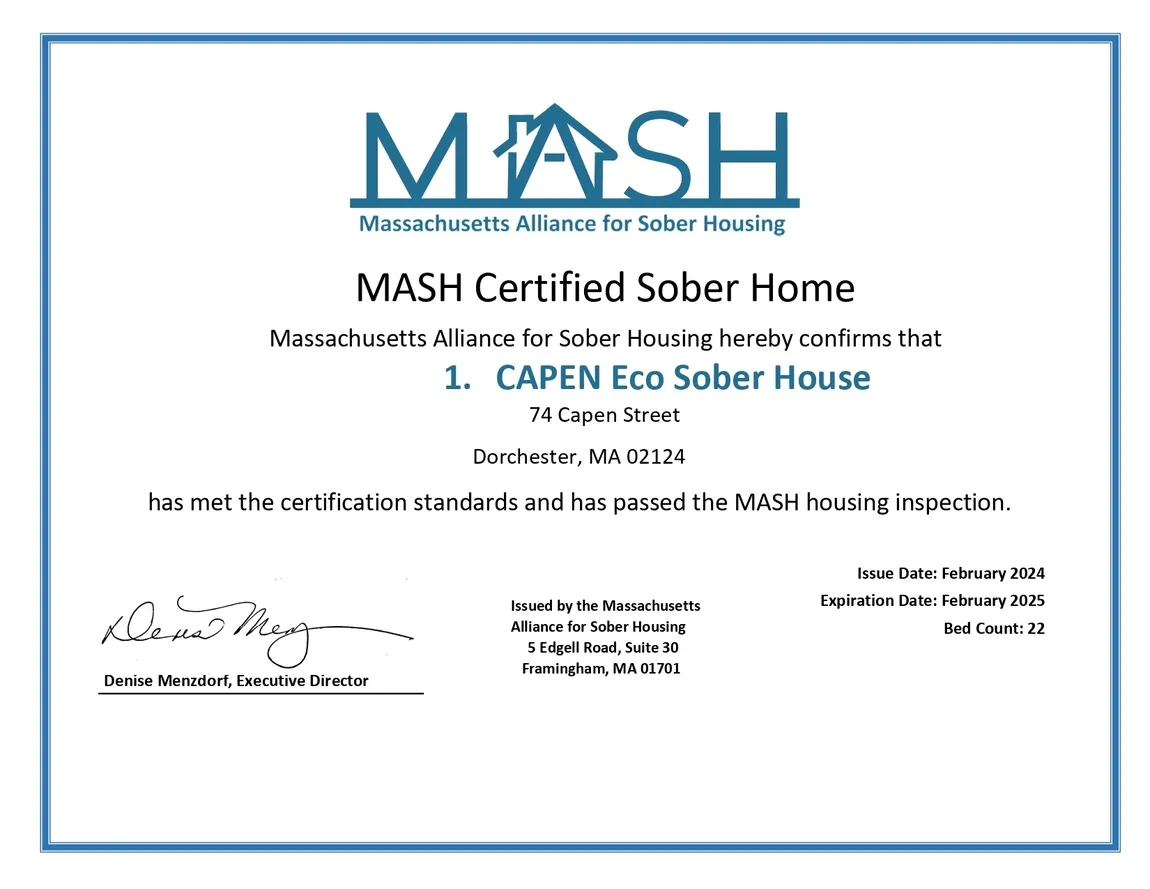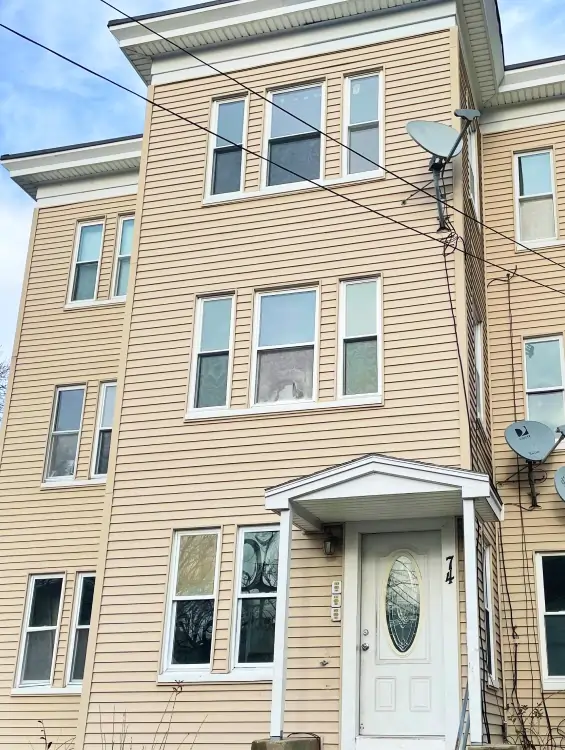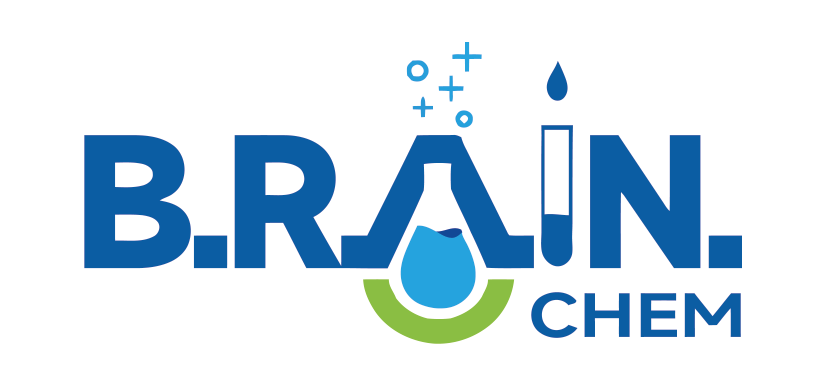
People who complete treatment Sober living house programs benefit from finding a supportive community. A sober living house allows them to master new habits by following a predictable schedule. Discovering the advantages of following clear rules empowers clients to change their lives. When facing triggering situations, they keep their emotions under control and discuss their experience with their peers to deal with the issues threatening their well-being.

What benefits do sober living homes offer in the recovery process?

Sober living plays a pivotal role in this process, offering a structured yet flexible environment where you can forge a path toward a substance-free life. Understanding its importance could be the key to not just achieving sobriety but maintaining it in the long run. Sober living homes, also known as sober houses, are transitional living spaces for people who want to maintain sobriety.
- The structure of these homes, with their emphasis on rules, accountability, and community, provides the necessary foundation for lasting recovery.
- Addressing these practical aspects of life reduces the stress and anxiety that can often trigger relapse.
- In sober living homes, residents follow rules, such as adherence to sobriety, participation in household chores, and attendance at group meetings.
- By providing a structured, supportive environment free from drugs and alcohol, these homes offer essential resources that help residents maintain their sobriety.
Benefits of Sober Living
Our MASH-certified organization aims to provide a secure haven for motivated people who are willing to change their lifestyle and discover how to become healthy and successful. We provide ADF (alcohol and drug-free) housing services to those who need to recuperate among individuals sharing the same aspirations. Individuals who want to become free from drug addiction and excessive drinking follow the rules to learn how to cope with life’s challenges without substance abuse. Sharing a safe space with others allows them to find an inner motivation to battle their cravings.
How to Handle Emotional Overwhelm During Recovery
- This blend of independence, accountability, and community support is pivotal in transitioning from rehabilitation settings to everyday life.
- In addition to rent, residents should budget for other living expenses, such as utilities, groceries, transportation, and personal care items.
- If you have already gone through rehab, but you’re not quite ready to live independently, this type of facility may be an excellent fit for you.
- Residents are often required to seek employment, further their education, or engage in volunteer work.
Additionally, maintaining your sobriety typically requires a home that is free of substances. Sober living facilities are often thought of as a Sober House sober person’s pipeline to life in mainstream society. Sober living homes are more than just a place to stay; they’re communities aimed at fostering healing and growth. Here, you’re surrounded by individuals who understand the challenges of addiction recovery firsthand. This peer support system encourages open dialogue, sharing of experiences, and mutual encouragement, creating a network of support that’s invaluable during recovery. Nonetheless, the benefits of sober living homes usually outweigh the drawbacks when they are well-managed and actively encourage residents’ engagement in recovery activities.

The Benefits of Outpatient Treatment for Mental Health and Substance Abuse
- How long you stay depends on the sober-living facility and your progress in recovery.
- Sober living homes are structured environments designed to foster recovery and maintain sobriety.
- The Substance Abuse and Mental Health Services Administration (SAMSHA) fully endorses level three sober homes.
- Aftercare services also feature prominently, helping past residents stay connected to support networks and resources, ensuring ongoing sobriety once they transition out of the sober living home.
The term refers to facilities where people who have stopped using drugs and alcohol can recuperate and adopt positive habits without having to deal with triggers. Many sober living homes are covered under insurance plans or government funding. Sober living homes for the LGBTQ+ help them recover by focusing on self-acceptance, peer support, and mental health.

That’s where sober living homes come into play, offering a bridge between an intensive treatment program and the realities of the outside world. These homes are more than just a place to stay; they’re a community focused on recovery and rebuilding lives. Many sober living homes encourage participation in 12-step programs like Alcoholics Anonymous, offering structured group meetings that reinforce recovery principles. In addition, homes might provide access to counseling services to address emotional and psychological challenges that can arise during recovery. Sober living homes provide critical support for individuals transitioning from structured treatment to everyday life, which is essential for maintaining long-term sobriety. Both sober living homes and halfway houses support people recovering from substance use disorders.
